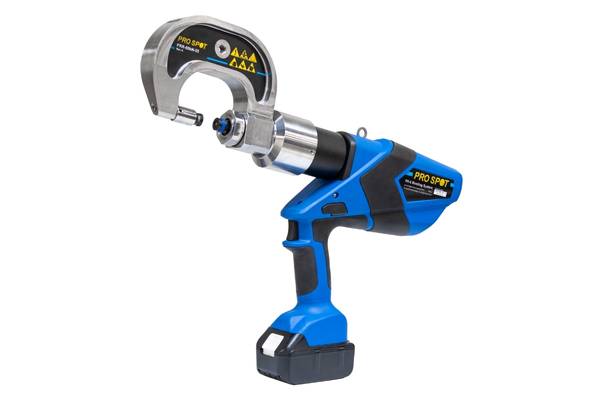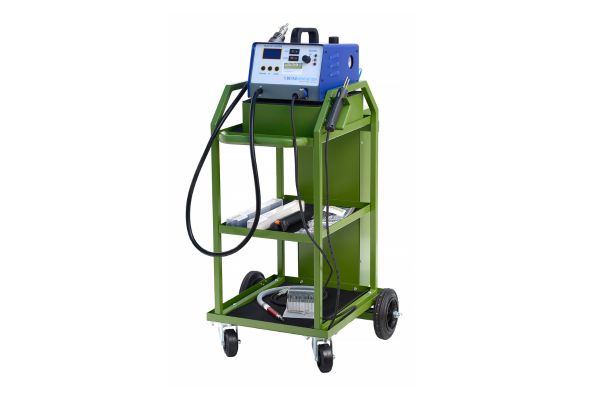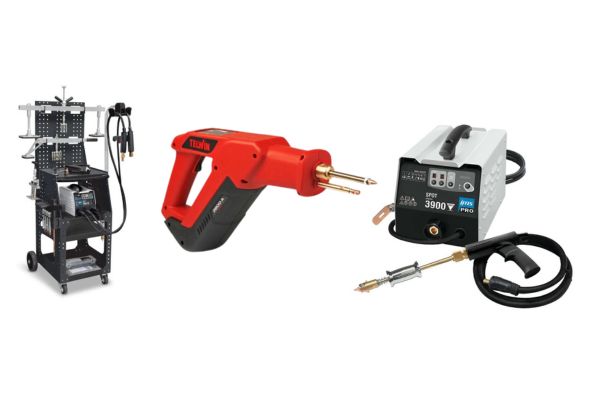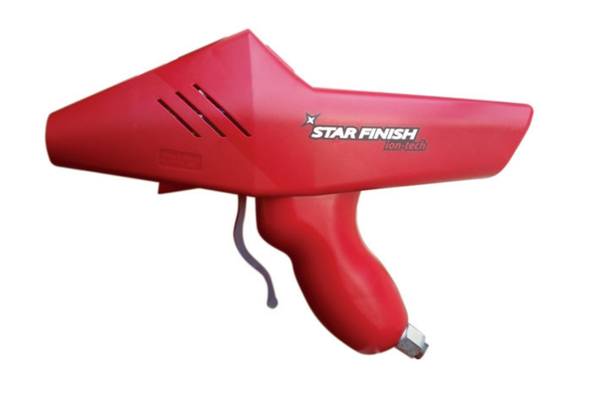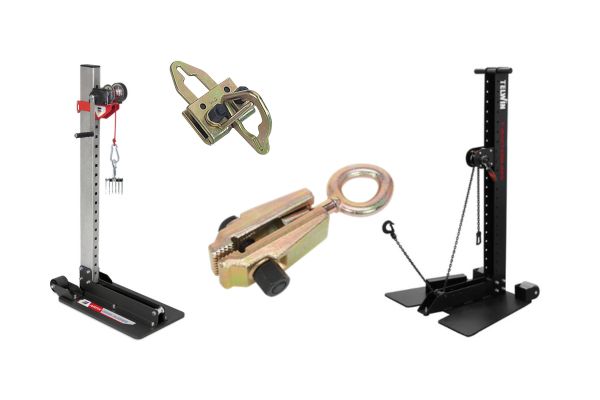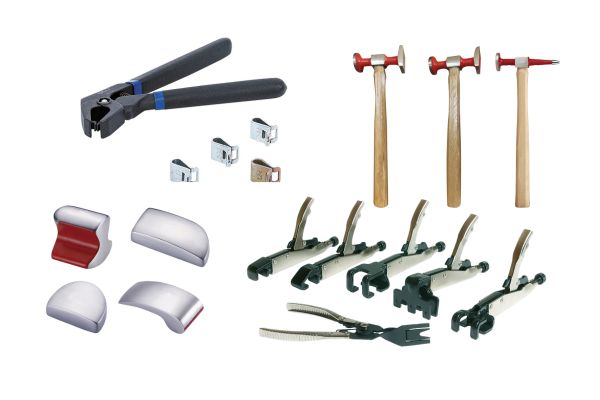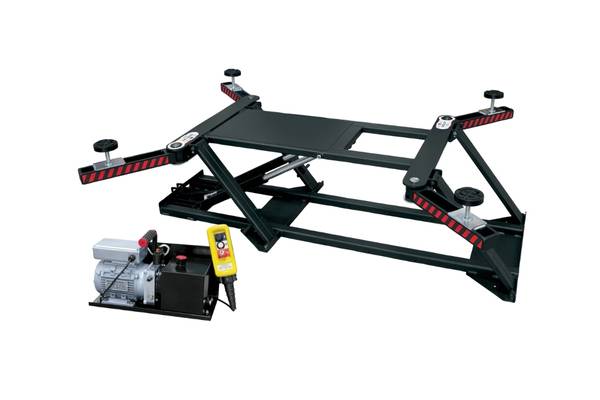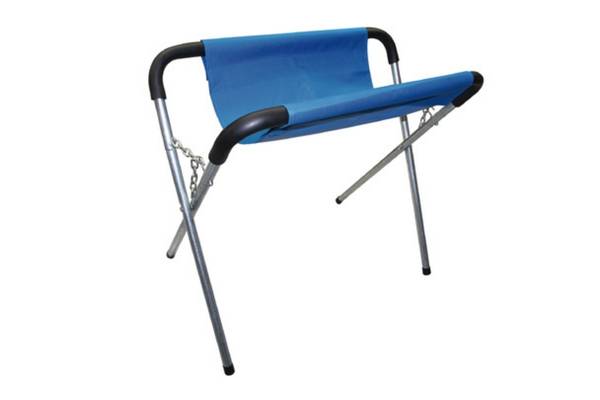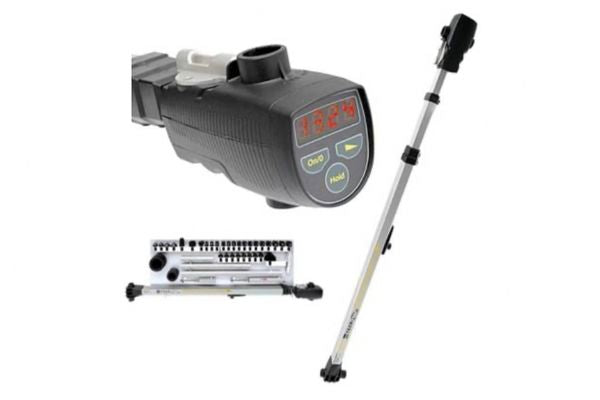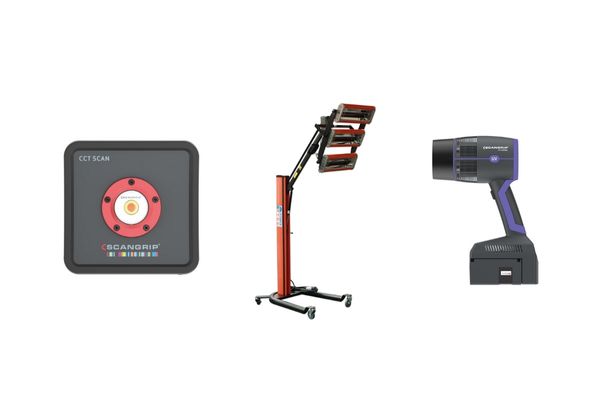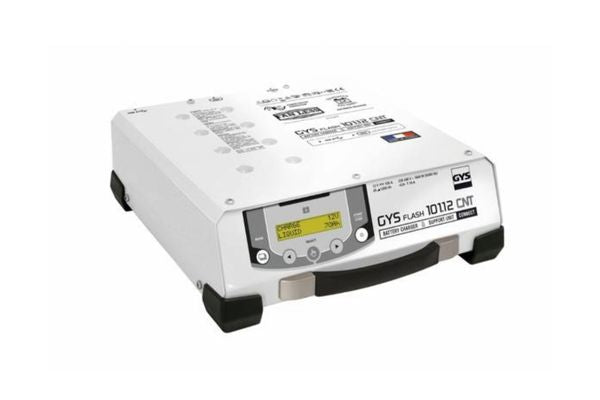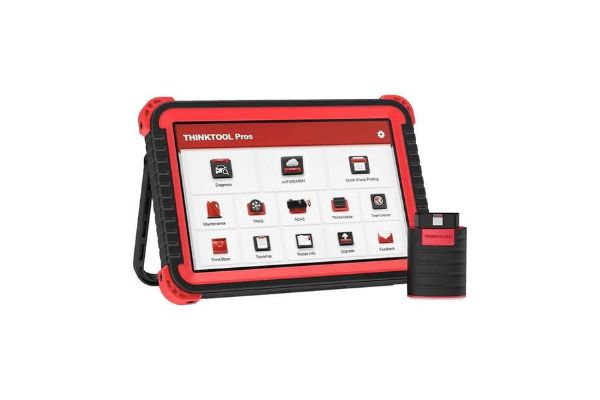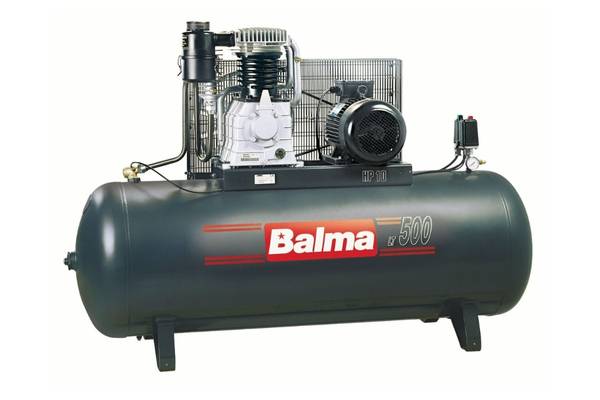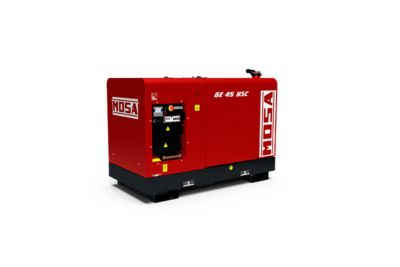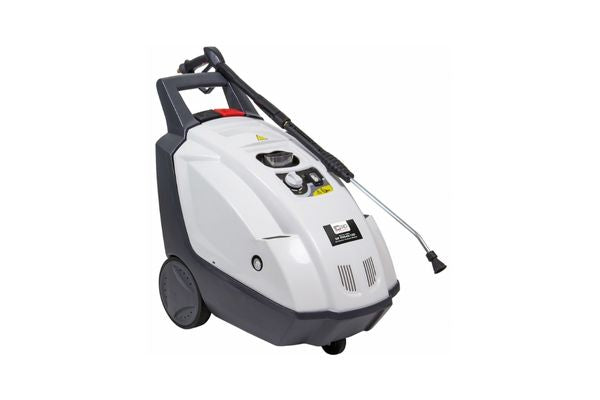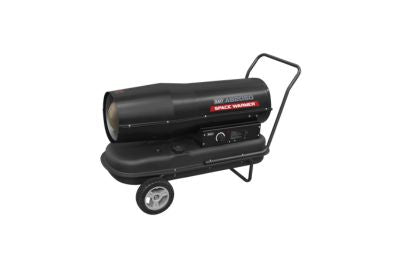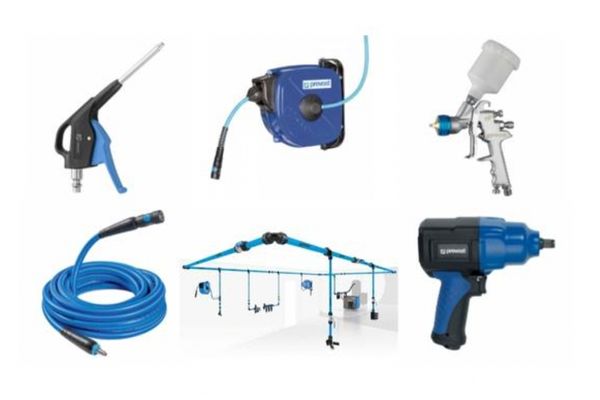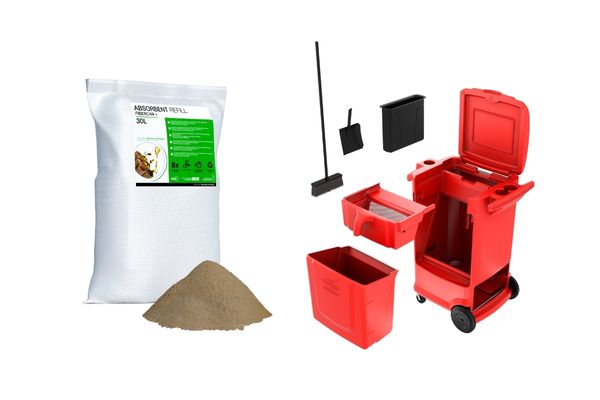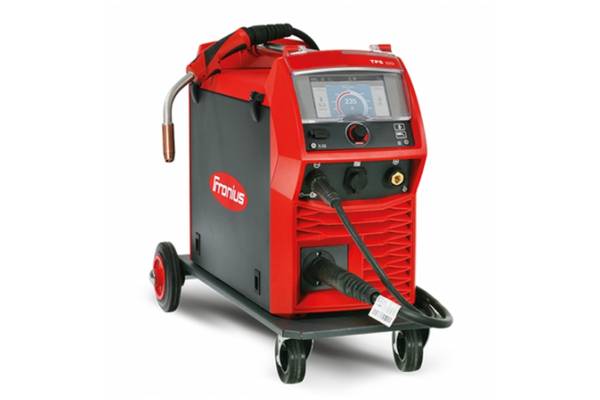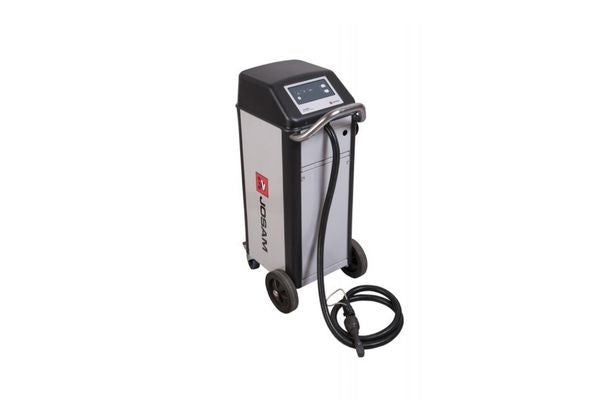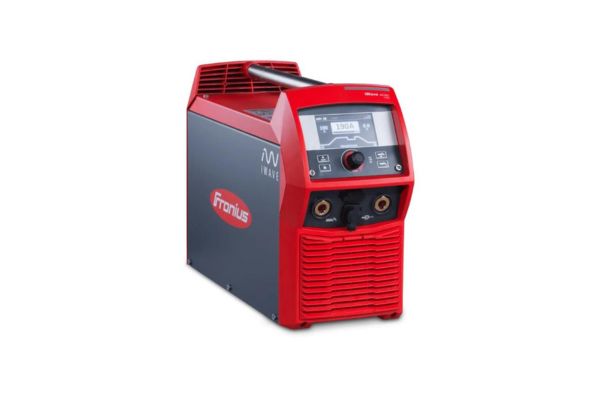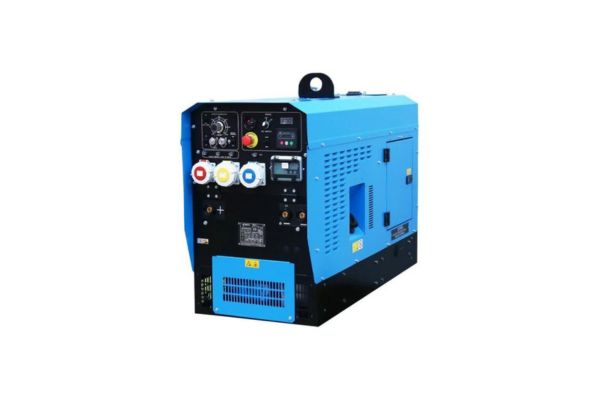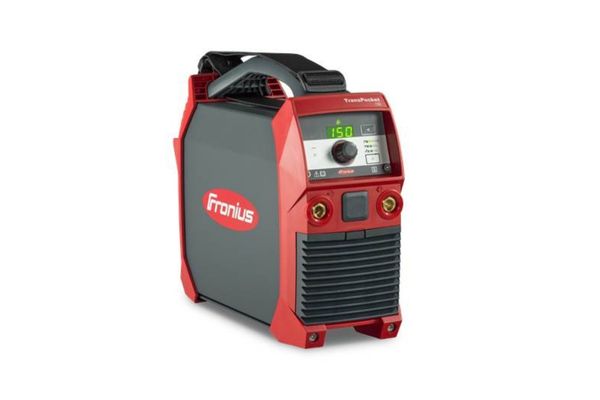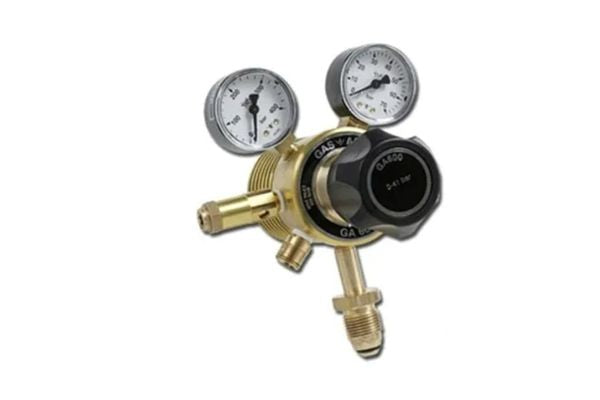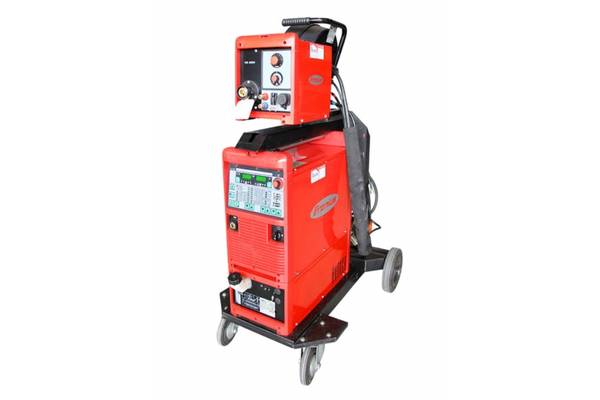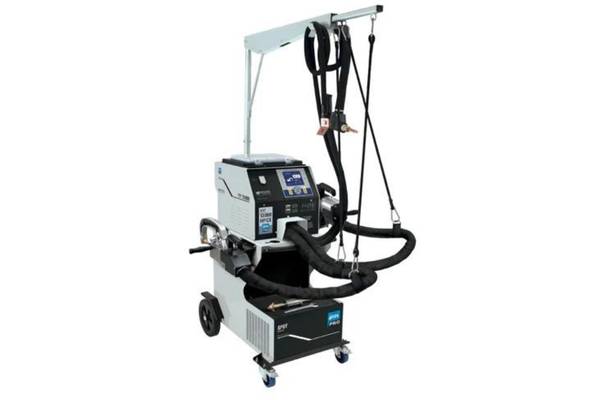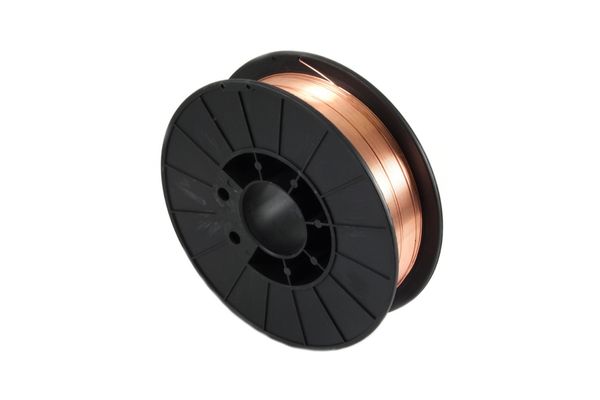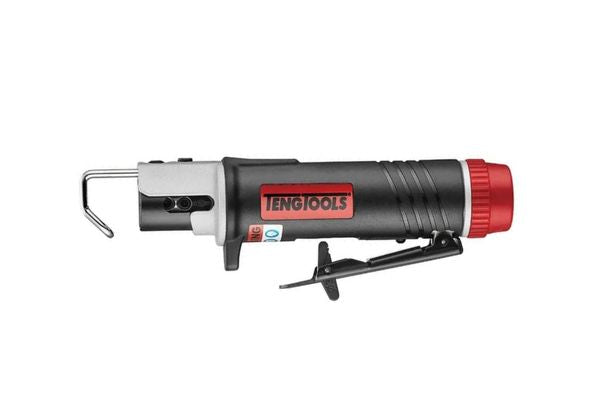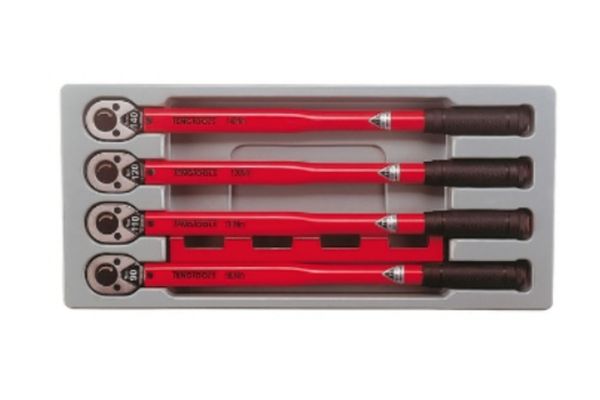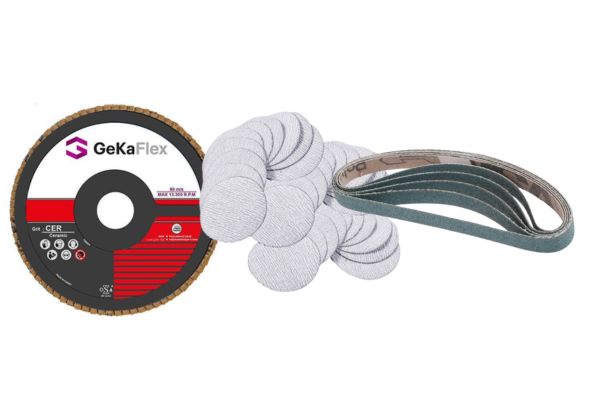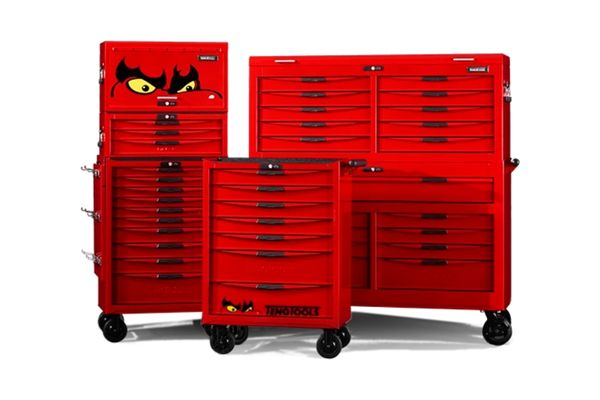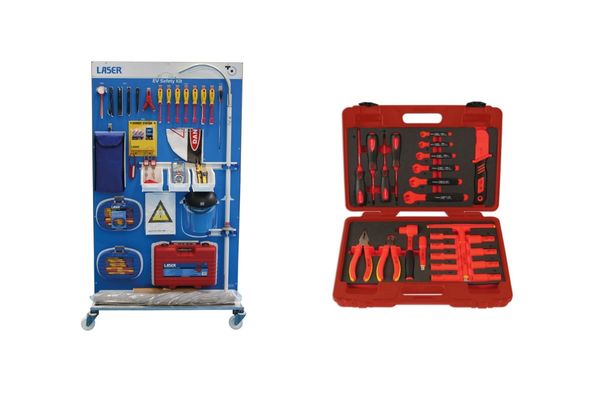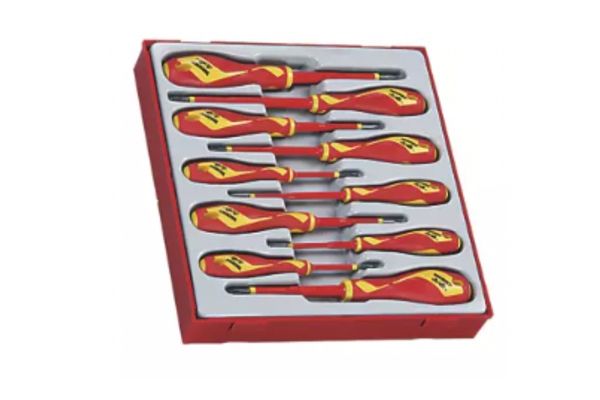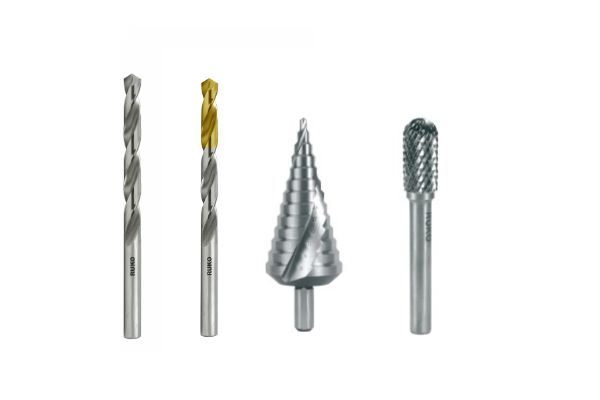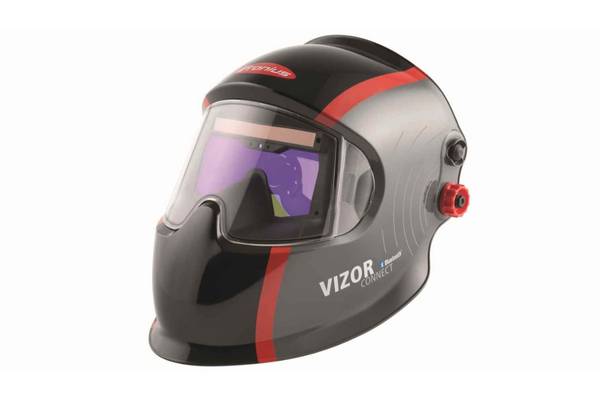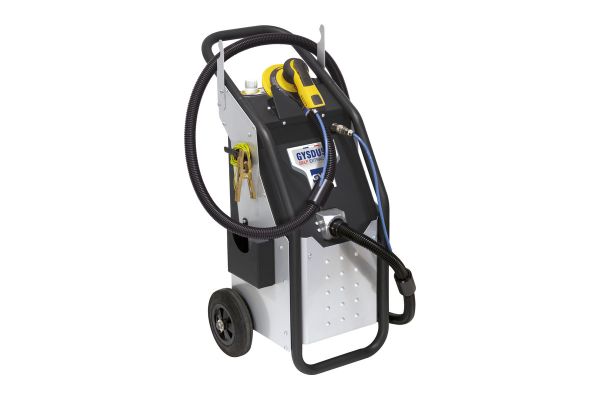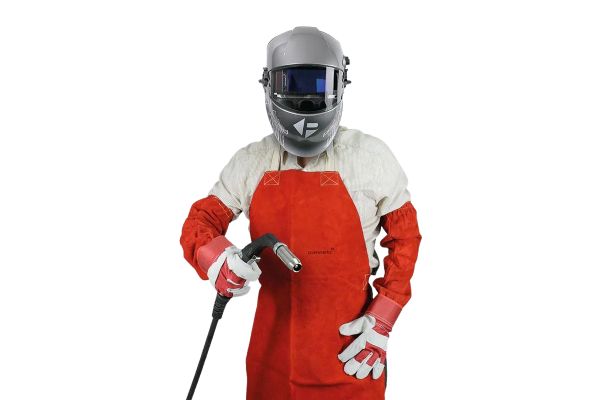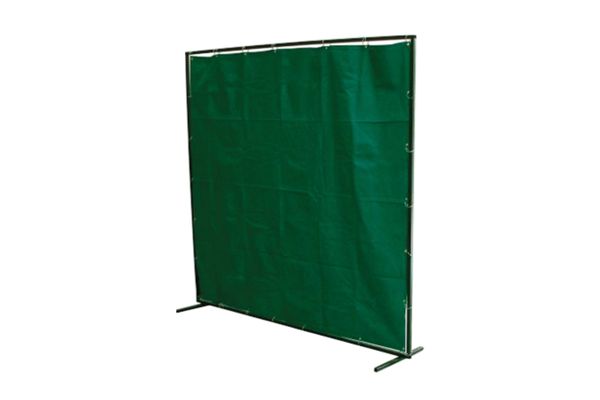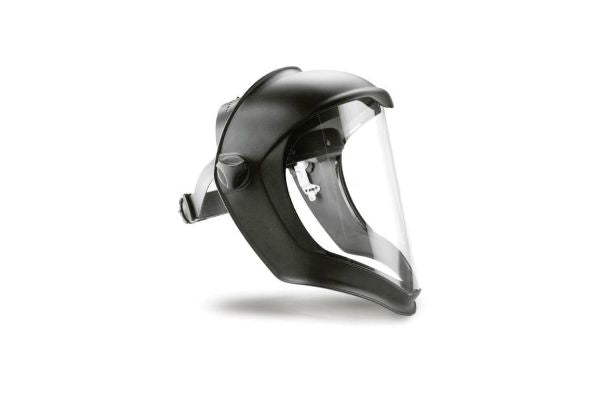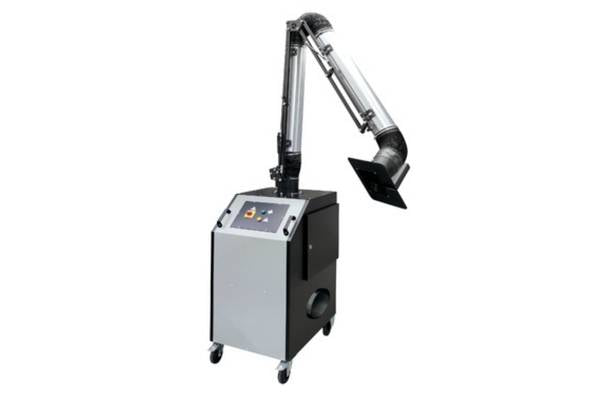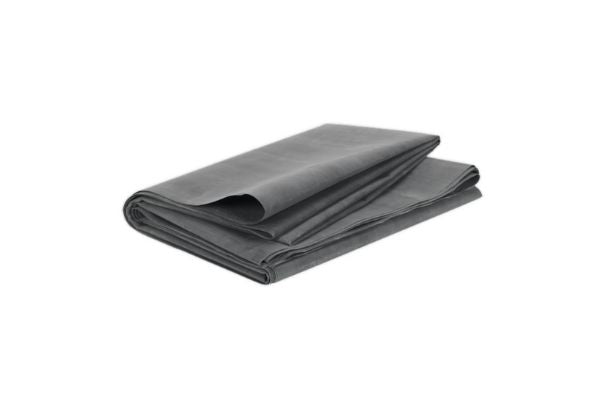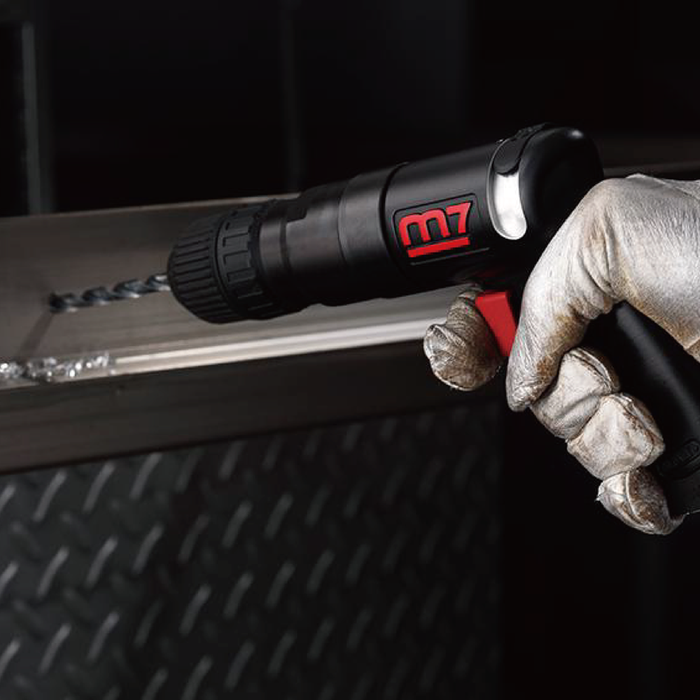Your Cart is Empty
FAQ
-
When selecting air tools, performance and power are key. The power of an air tool is usually measured by its torque output or effectiveness in performing tasks. Air pressure and CFM (Cubic Feet per Minute) requirements are crucial for optimal functioning. Ergonomics, such as a comfortable grip and balanced weight distribution, are important for ease of use. Durability, based on the construction materials, and features like variable speed control and quick-change mechanisms, should also be considered
-
Air drills offer numerous benefits. They enhance productivity and efficiency, are cost-effective in operation and maintenance due to fewer parts, and are ergonomically designed for ease of use. Additionally, air drills are lighter than their electric counterparts, offering superior power-to-weight ratios. They are also highly reliable, ideal for manufacturing and maintenance applications, and less prone to electrical issues like short circuits
-
Air drills come in different forms such as straight , 90 degree or pistol grip. The also have features such as reverse direction or keyless chucks. They all work the same way though in that they use air as its primary driver through an air motor with vanes.
-
Pneumatic drills are renowned for their efficiency and robust performance, especially in demanding industrial settings. They offer several advantages over their electric counterparts, including a consistent delivery of power without the risk of overheating, lighter weight due to simpler internal mechanisms, and enhanced durability owing to their fewer moving parts and lack of electrical components. These attributes make them a preferred choice in various fields like construction, automotive repair, and manufacturing, where high-powered and reliable tools are essential.
Air Cutting tools

How Pneumatic Drills Operate: An Insight
Power Source: The Role of Compressed Air
The pneumatic drill starts its operation by connecting to an air compressor. This compressor is vital as it provides the high-pressure air that drives the drill.
Triggering the Drill: Air Flow Control
When the drill's trigger is pressed, it activates a valve that allows compressed air to flow into the drill, kickstarting the drilling process.
Energy Conversion: From Air to Mechanical Motion
Inside the drill, there's a pneumatic motor designed to convert the energy from the compressed air into mechanical rotation, essential for drilling action.
Drill Bit Dynamics: The Core of Drilling
This mechanical rotation is transferred to the drill bit, enabling it to rotate rapidly and perform various drilling tasks efficiently.
Drilling in Action: Practical Application
The rotating drill bit allows the pneumatic drill to perform its intended functions, such as making holes or chipping materials, depending on the bit type.
Exhaust Mechanism: Discharging Used Air
After powering the motor, the used air is expelled through an exhaust system in the drill. This not only disposes of the air but also helps cool down the drill during operation.
Advantages of Pneumatic Drills
Pneumatic drills are valued for their efficiency and strength, especially in demanding tasks. They offer a consistent power supply without overheating risks and are lighter and more durable compared to electric drills.


